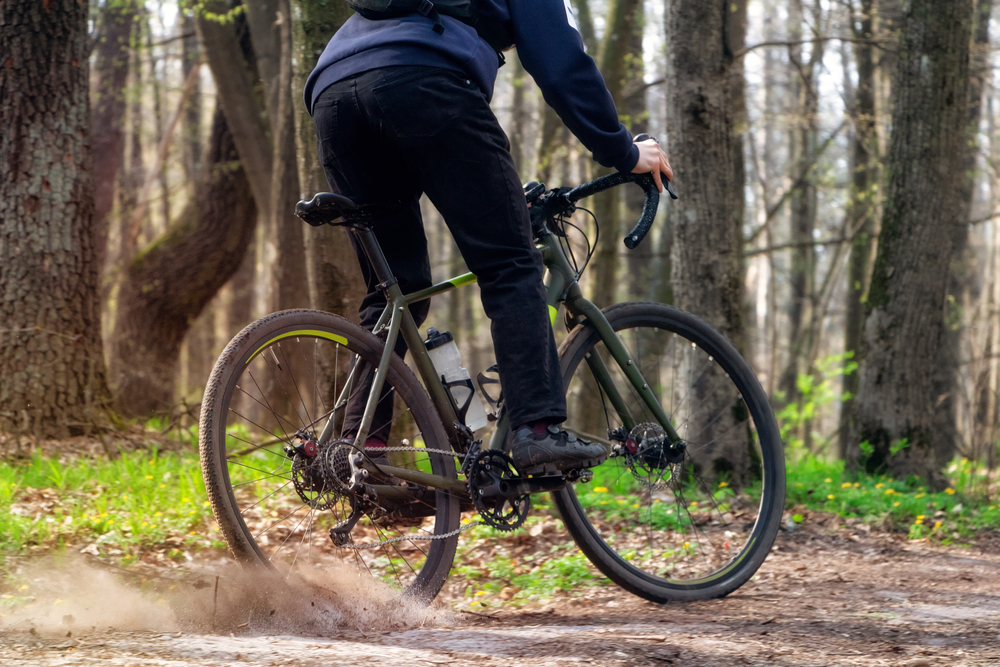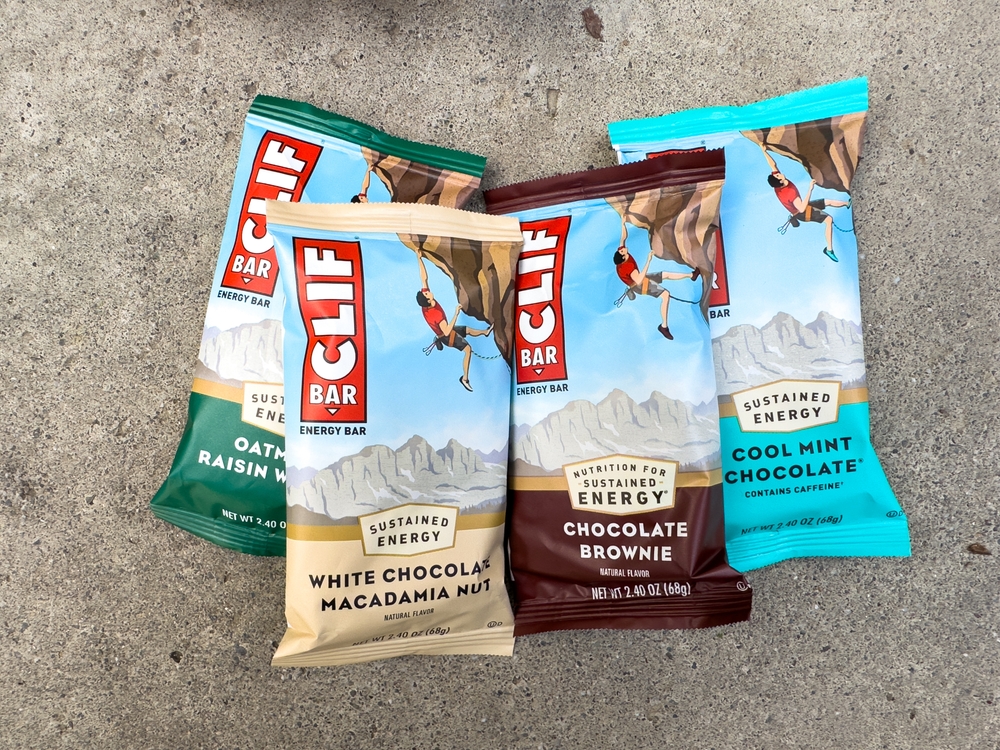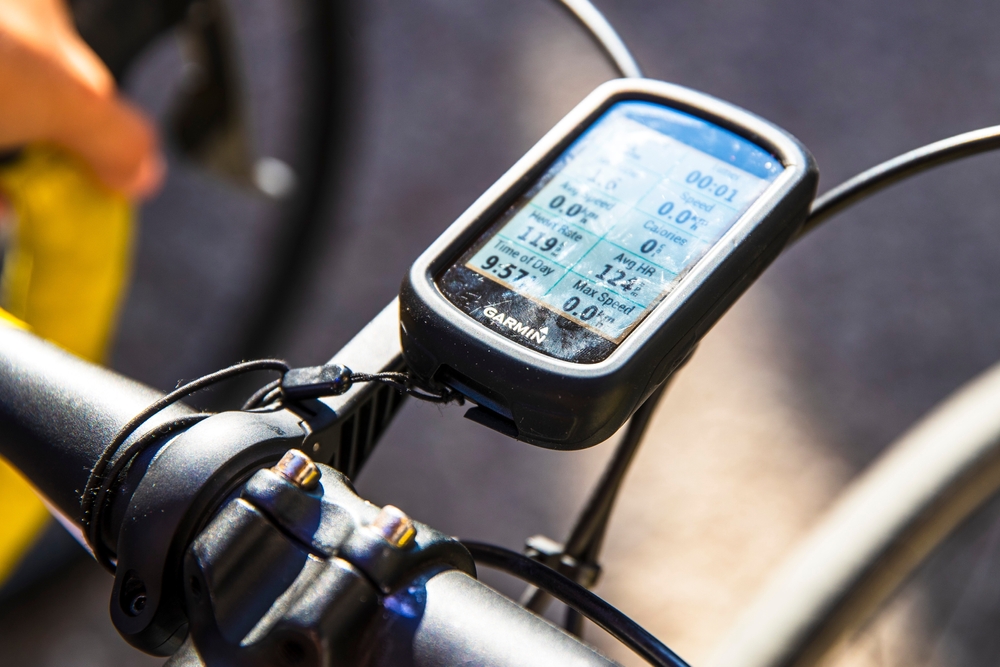Get best tubeless sealant solutions: apply, maintain, seal. Learn latex, fiber, CO2, non-latex options. Keep tire pressure perfect.
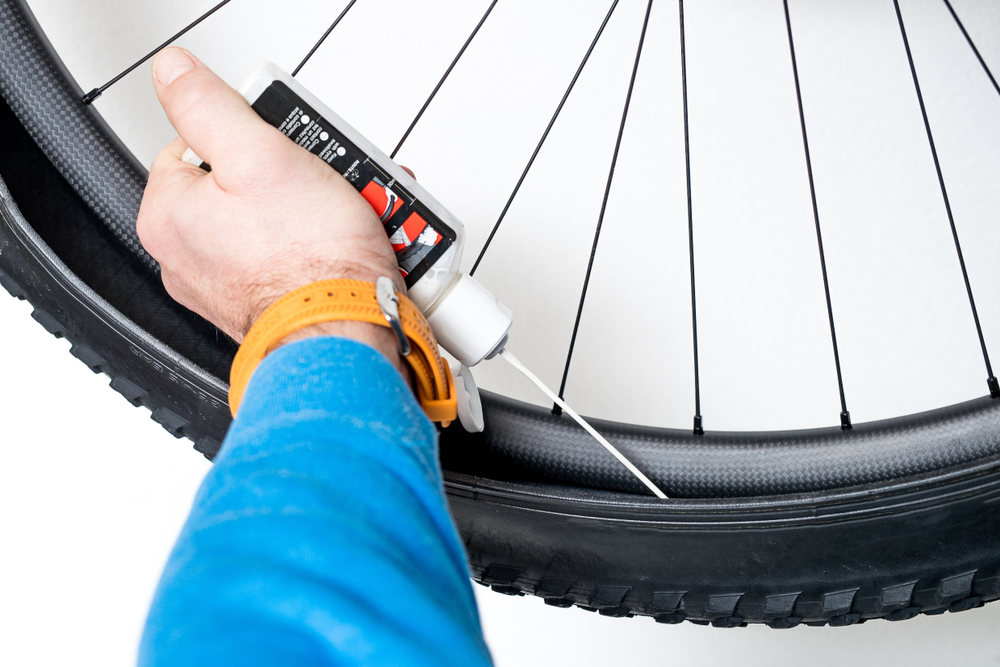
Best Tubeless Sealant Solutions: What You Need to Know
Tubeless sealant is a crucial component of the tubeless tire system. It helps to maintain air pressure and seal punctures. This guide explains its functions, types, application, and maintenance.
Functions of Tubeless Sealant
Tubeless sealant primarily acts as an air barrier. When applied inside the tire, it coats the inner surface and seals tiny holes and imperfections. This ensures air retention for a smooth ride. Additionally, it seals punctures from sharp objects like thorns or small glass pieces.
Types of Tubeless Sealant
There are several types of tubeless sealant, each with its pros and cons:
- Latex-based Sealant: The most common type. It dries quickly and effectively seals punctures.
- Fiber-reinforced Sealant: Contains small fibers for better sealing of larger holes.
- CO2 Compatible Sealant: Works well with CO2 inflators and maintains its sealing properties.
- Non-latex Sealant: Suitable for those with latex allergies, though may not seal punctures as quickly.
Application Process
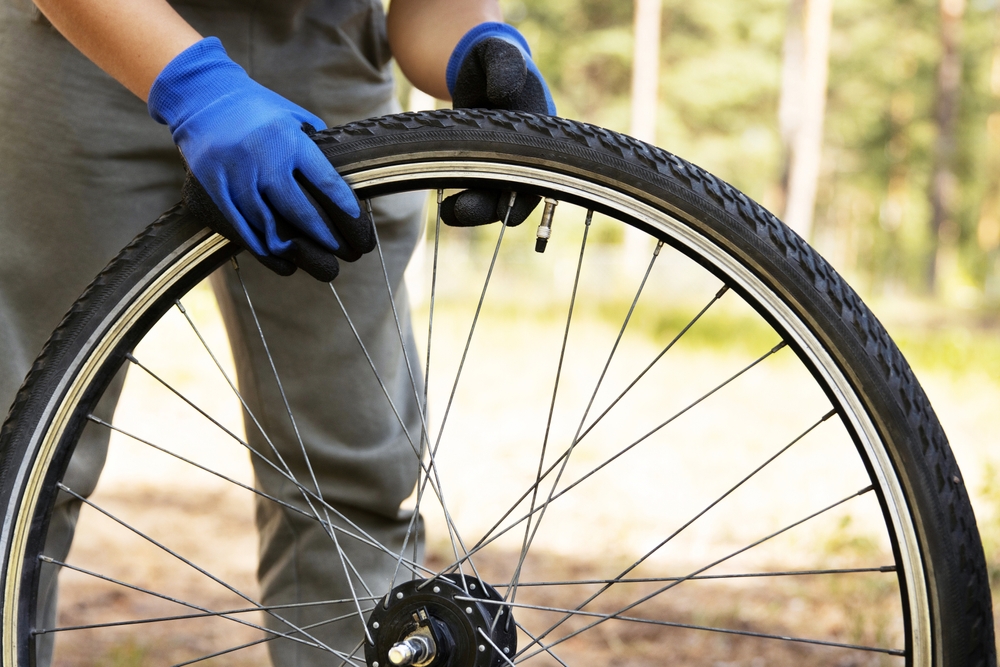
Start by removing the wheel from the bike and deflating the tire. Break the bead of the tire away from the rim. Pour the recommended amount of sealant into the tire. Rotate the tire to spread the sealant evenly. Reinflate the tire and check for proper seating on the rim. Spin and shake the wheel to ensure good coverage inside the tire.
Maintenance Tips
- Regularly check the sealant levels. It can dry out over time, particularly in hot and dry climates.
- Replenish sealant every 2-6 months depending on the riding conditions and sealant type.
- Inspect for dried clumps or ‘boogers’ inside the tire periodically and remove them.
- Keep an eye on tire pressures to ensure air retention. A sudden drop might indicate a need for more sealant.
Advantages and Drawbacks
Using tubeless sealant offers several advantages, such as self-sealing punctures and the ability to run lower tire pressures. This enhances traction and comfort. The drawbacks include the need for regular maintenance and initial setup complexity. Non-latex variants may not seal as effectively.
Environmental Considerations
Many tubeless sealants are environmentally friendly. Latex-based sealants are biodegradable. However, some synthetic variants may contain non-degradable components. Proper disposal and replacement routines are essential for eco-friendly use.
Common Misconceptions
One common misconception is that tubeless setups are maintenance-free. Regular upkeep is necessary for optimal performance. Another myth is that sealant makes tires heavier; in reality, the weight difference is minimal compared to the benefits.
Popular Brands
- Stan’s NoTubes: Well-known for its reliable performance.
- Orange Seal: Offers fast-sealing properties and works well in various conditions.
- Muc-Off: Known for its extensive range of sealants, including specific formulations for extreme temperatures.
- Slime: Widely available and has various applications beyond bicycle tires.
- Effetto Mariposa Caffelatex: Popular for its foaming action, which promises consistent sealing.
Compatibility
Ensure compatibility with your tires and rims. Check manufacturer recommendations before purchase. Some sealants work better with certain tire compounds. Experimenting can help find the best match for your setup.
Cost vs. Performance
Cost varies widely among sealant brands. Higher-priced options often deliver better performance and longer life. However, budget options can also be effective with more frequent maintenance. Balance cost against the frequency and type of riding you do.
DIY Sealant
Some riders opt to create DIY sealant. Common ingredients include latex, glitter, and anti-freeze. While cost-effective, homemade solutions may lack the reliability of commercial products. Use caution and test thoroughly before regular use.
Aquainting Yourself with Tubeless Basics
Understanding tubeless sealant is essential for modern cyclists. It empowers you to handle minor punctures confidently. Regular practice and attention to detail ensure a seamless tubeless experience. Keep experimenting and learning for the best results.


